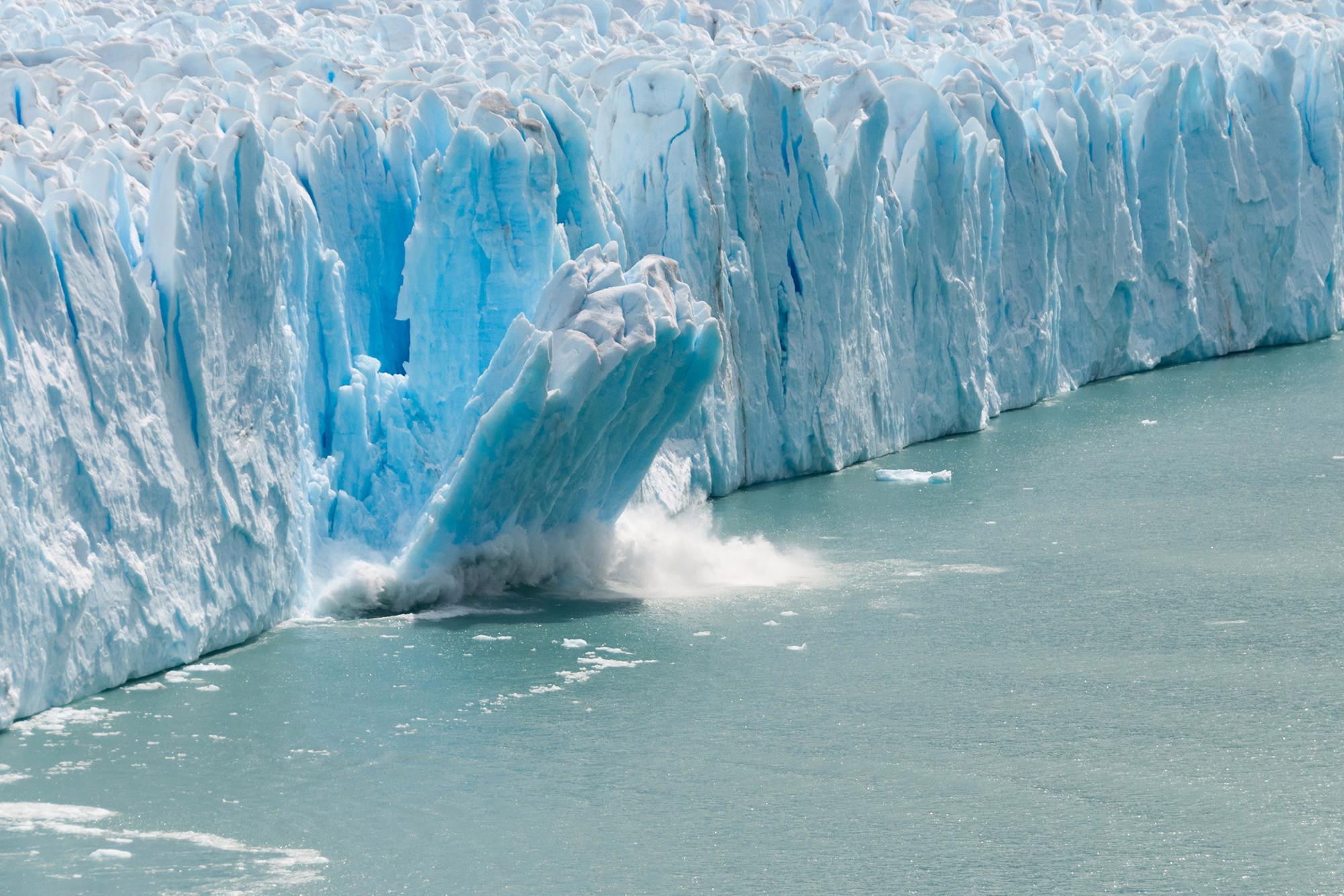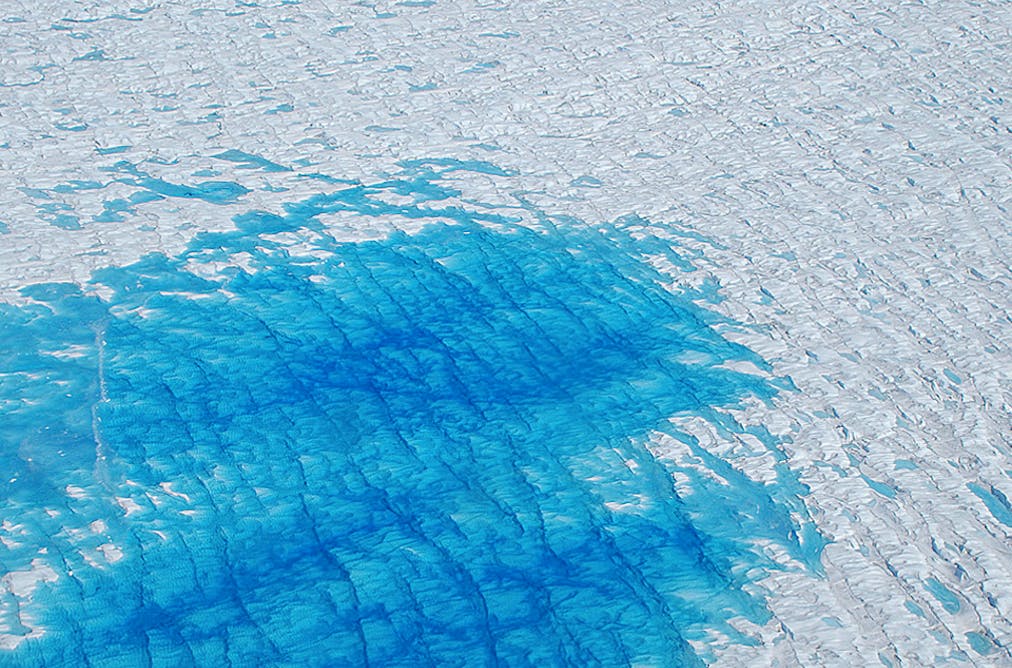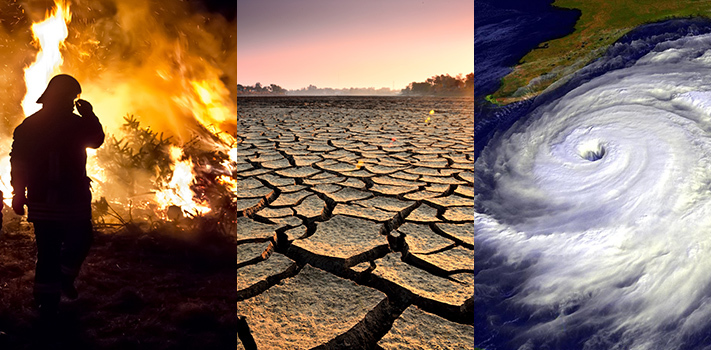/https://public-media.smithsonianmag.com/filer/30/6d/306d062e-48ed-4f8e-bcb7-05984f3b1546/42-15123797.jpg)
Alaskan glaciers are melting 100 times faster than experts previously thought. Scientists looked at how tidewater glaciers melt underwater. Their results were startling. A new way of measuring how some glaciers melt below the surface of the water has uncovered a surprising realization: Some glaciers are melting a hundred times faster than scientists thought they were. In a new study published today in Science, a team of oceanographers and glaciologists unpeeled a new layer of understanding of tidewater glaciers—glaciers that end in the ocean—and their dynamic processes.
Glaciers can extend hundreds of feet below the surface, explained Ellyn Enderlin, a glaciologist at Boise State University who was not involved with the study. Finding higher rates of submarine melting tells us that “glaciers are a lot more sensitive to ocean change than we’ve even thought.” Understanding the melting processes and calculating the amount of melt accurately is essential for planning for sea level rise.
“We are just super jazzed that we can even do this,” said David Sutherland, an oceanographer at the University of Oregon. “We weren’t 100 percent sure it was going to work.”

Measuring melting masses of ice
LeConte was an ideal glacier to study because it is really accessible for a tidewater glacier, Sutherland said. A complex environment, the project required so many lines of data that several teams of oceanographers and glaciologists collected data simultaneously at the glacier.
Calculating how fast a glacier melts requires more finesse than measuring a melting ice cube in a glass of water. With a glacier, you have to know how fast the ice moves into the fjord, as well as what proportion is melting and what proportion is breaking off, or calving.
It was “pretty simple in my head, and sounded good on paper,” laughs Sutherland. But navigating a boat into the fjord, where the LeConte Glacier slips into the sea, is tricky on a good day. Scientists spent weeks aboard the boat working 24 hours a day, with each scientist taking 12-hour shifts.
Mountain goats scrambled on ridges above and whales frequented the fjord, with seabirds dipping into the water. “When you aren’t wishing for better weather…it was a pretty awesome place to be,” says Sutherland.

From the 80-foot MV Stellar, oceanographers performed sonar surveys underwater, like the ones used to measure ocean depths. Instead of directing the sonar toward the ocean floor, though, they angled the sonar to collect the 3D underwater portion of the glacier face. Scientists repeated their observations during two summers, obtaining multiple scans each trip.
Simultaneously, a team of glaciologists camped on a ridge overlooking the glacier. They “babysat” a delicate radar instrument to measure the natural movement of the glacier. Time-lapse cameras were used to measure glacier flow so that they knew how fast the ice moves toward the ocean.

From the datasets, researchers were able to calculate a total melting rate for the underwater portion of the glacier: two orders of magnitude higher than they expected.
Several processes of melting happen at a tidewater glacier, which is why scientists tackled the melting mystery from multiple angles.
When a plume of freshwater from surface melt enters the fjord, it hits the fjord close to the glacier face. The more buoyant freshwater rises to the surface and then undercuts, or erodes the glacier face.

From the datasets, researchers were able to calculate a total melting rate for the underwater portion of the glacier: two orders of magnitude higher than they expected.
Several processes of melting happen at a tidewater glacier, which is why scientists tackled the melting mystery from multiple angles.
When a plume of freshwater from surface melt enters the fjord, it hits the fjord close to the glacier face. The more buoyant freshwater rises to the surface and then undercuts, or erodes the glacier face.
And then you have this submarine melting that occurs wherever the ocean touches the surface of the glacier. The really cool part of the new method, said Sutherland, is that you can pinpoint the exact location where higher melt occurs.
“A pretty large percentage of the ice that flows into the ocean is melted away by the warm ocean water right away, on contact".
But they calculated that the glacier melted underwater at a rate of almost 5 feet per day in May and up to 16 feet per day in August last summer. Later in the season, the warmer water increased the underwater melting.
So we have learned that the rate of glacier melting under the water is far faster than the rate of melting above water. The scientists agreed, 'its a call to action'.








